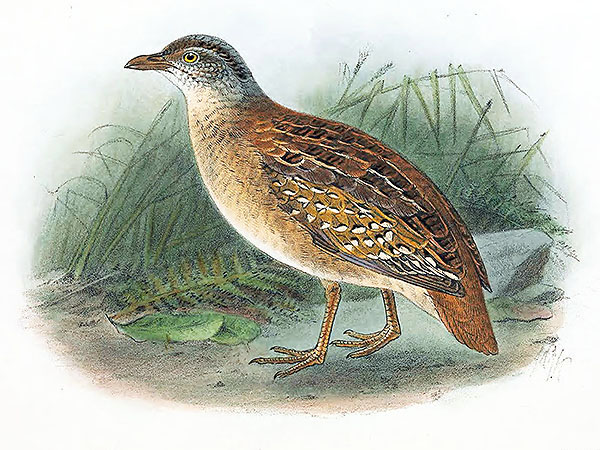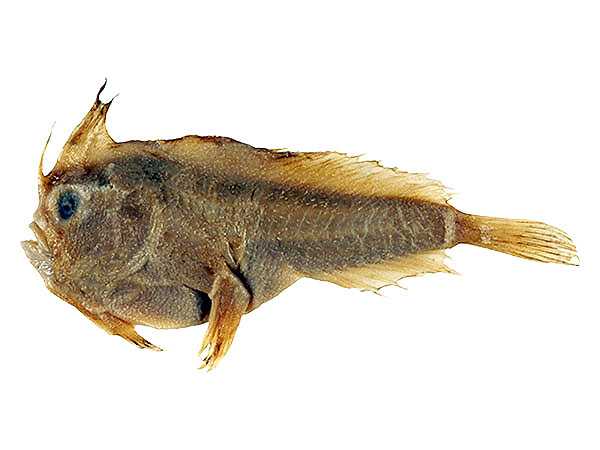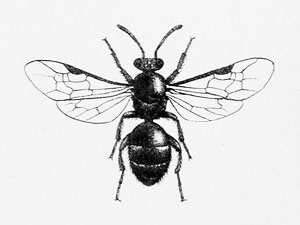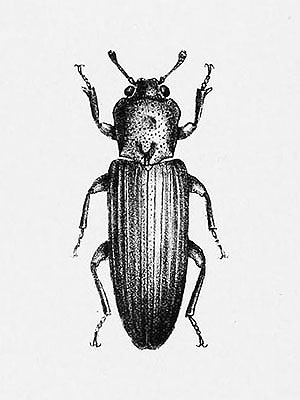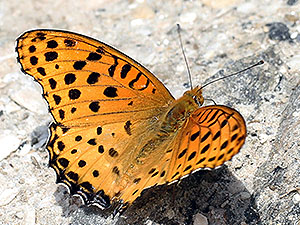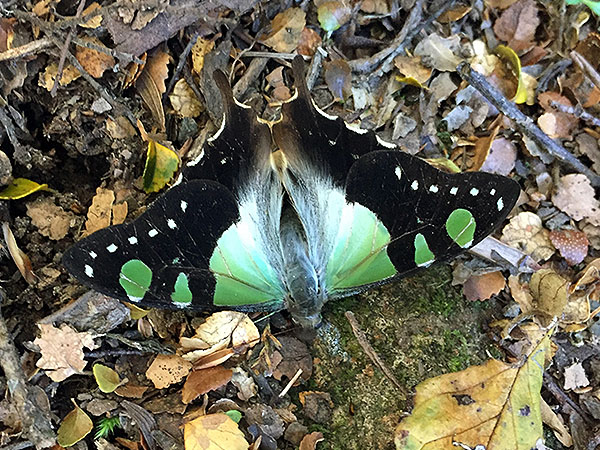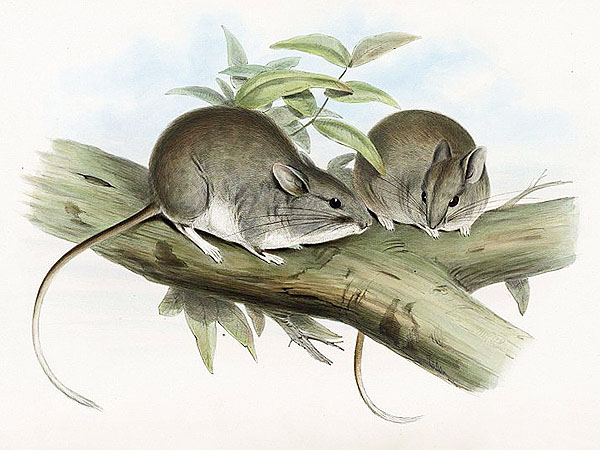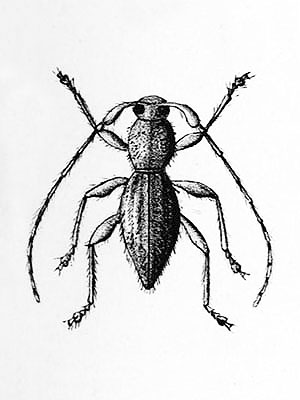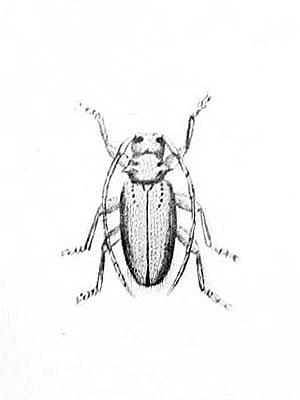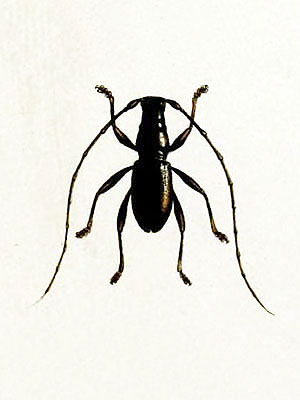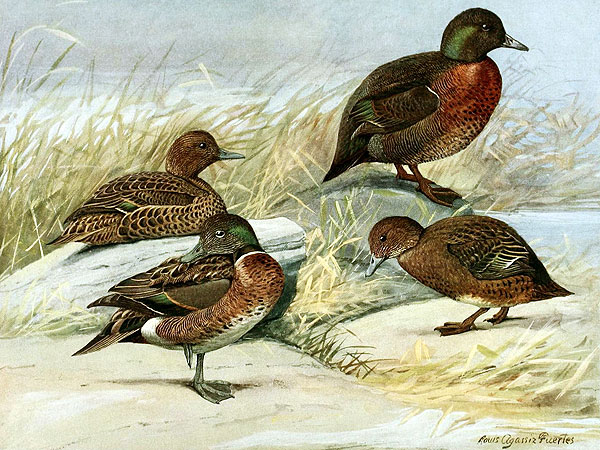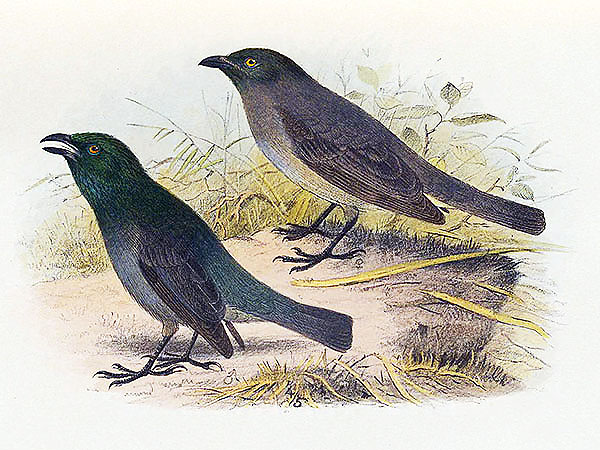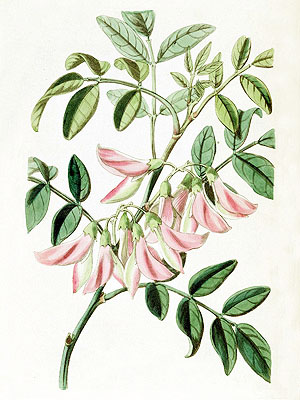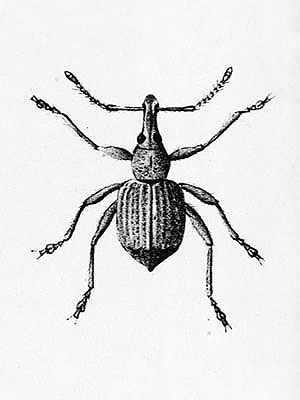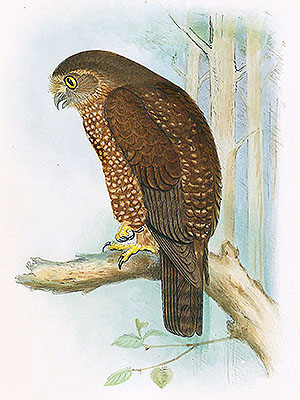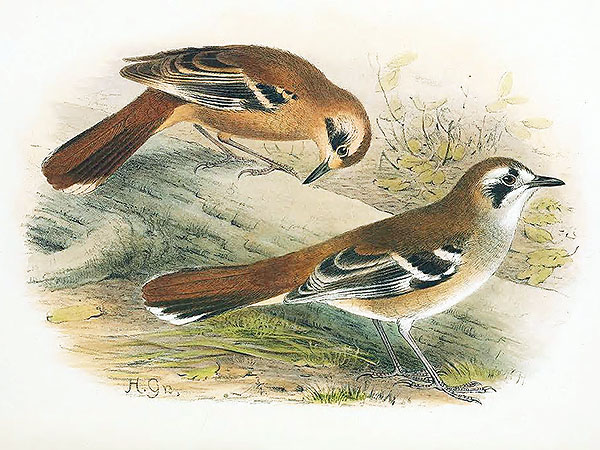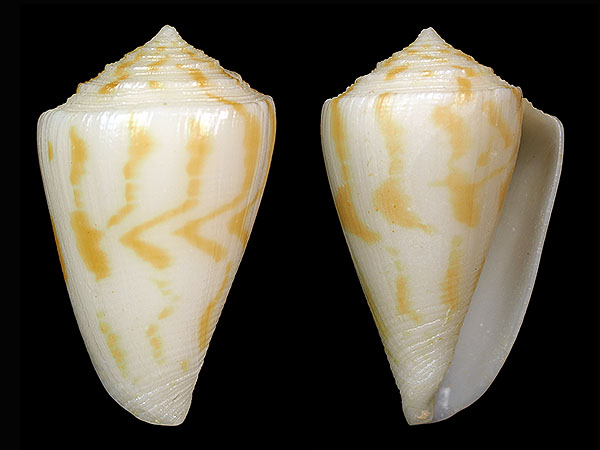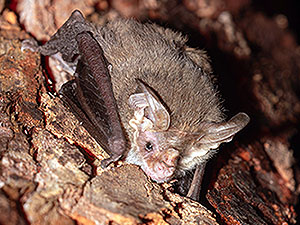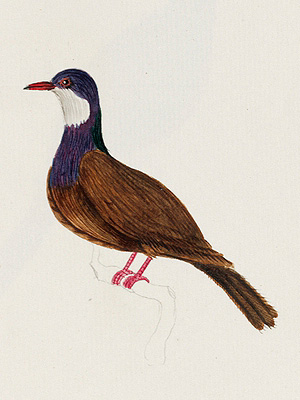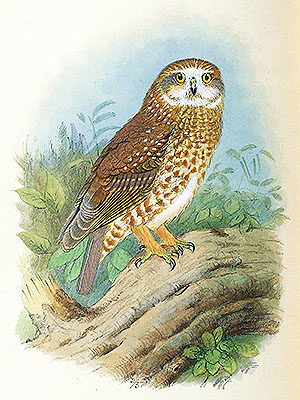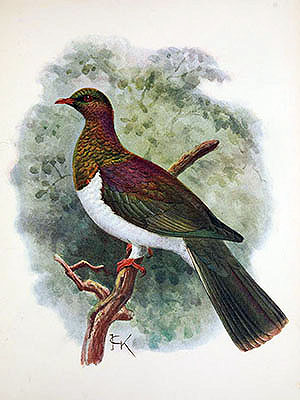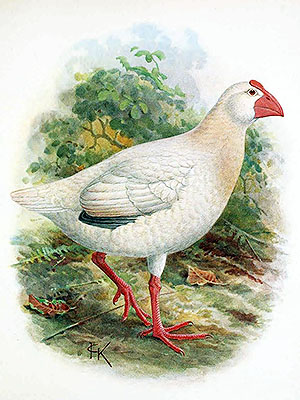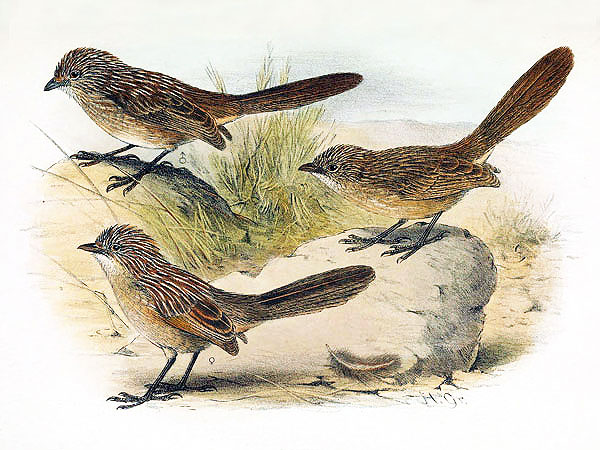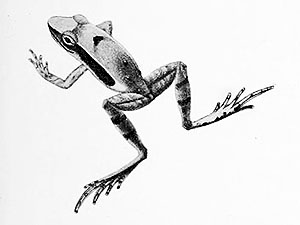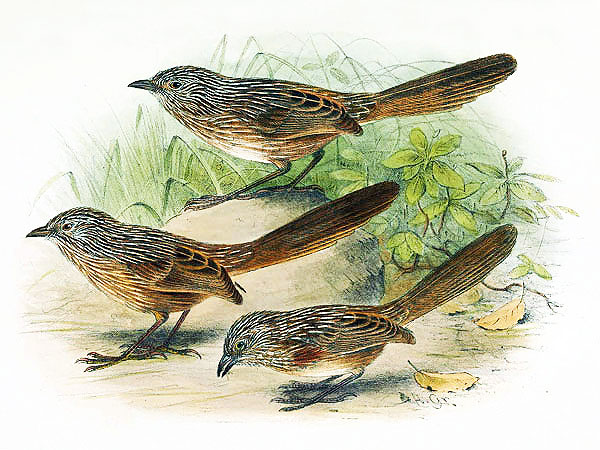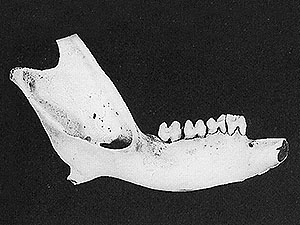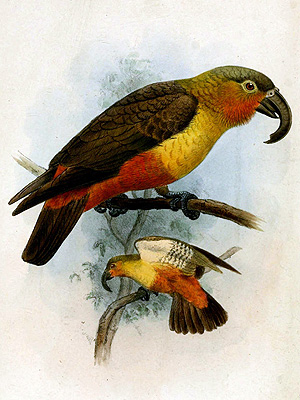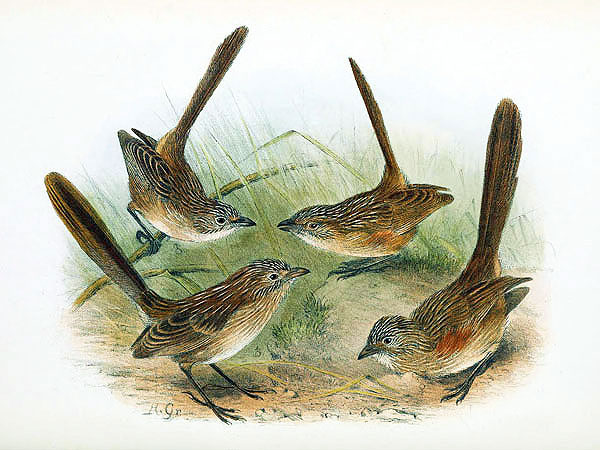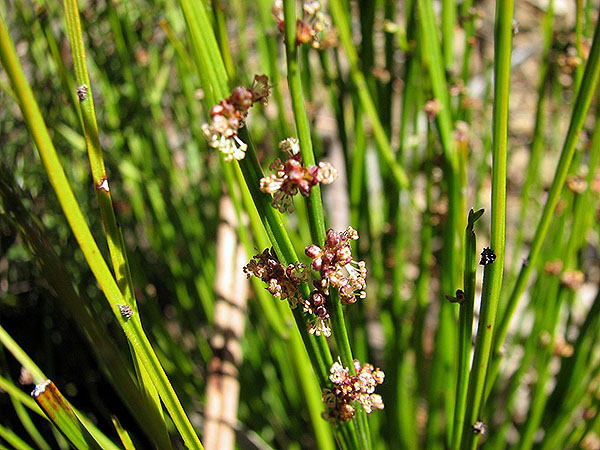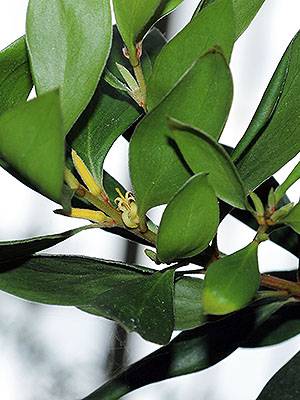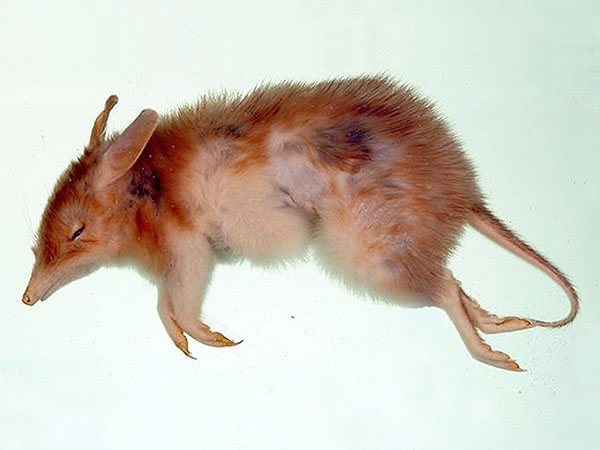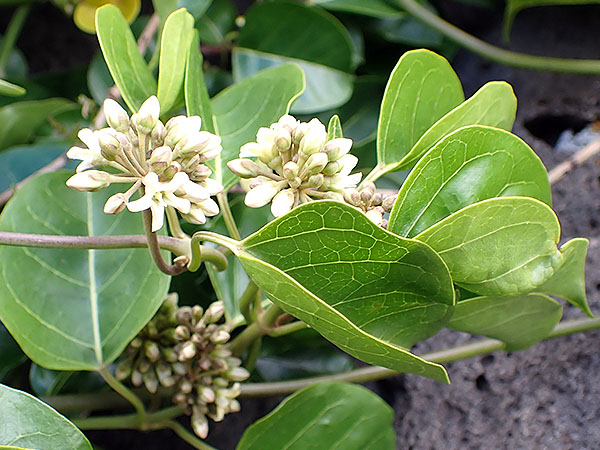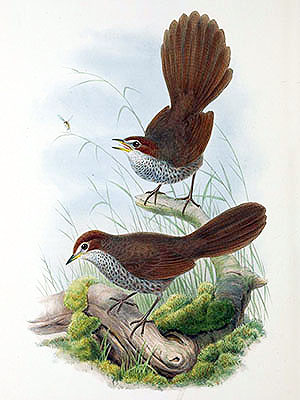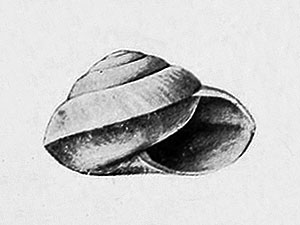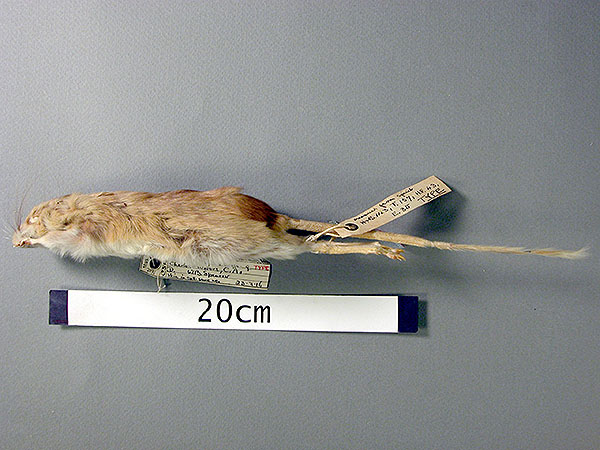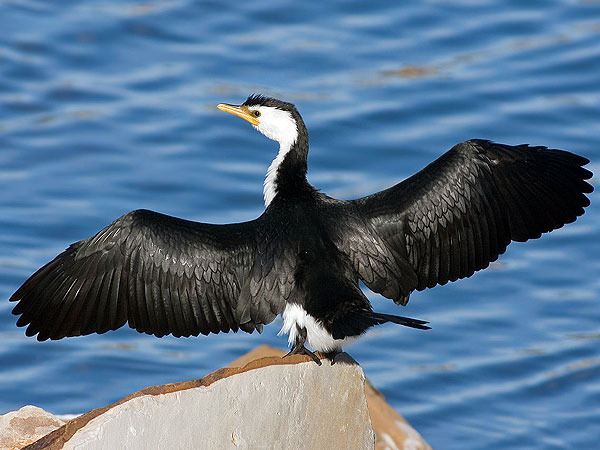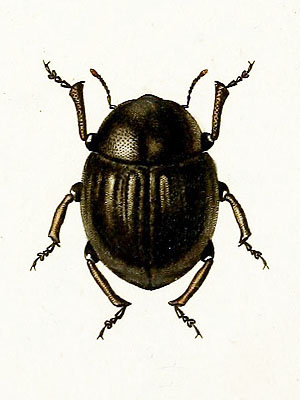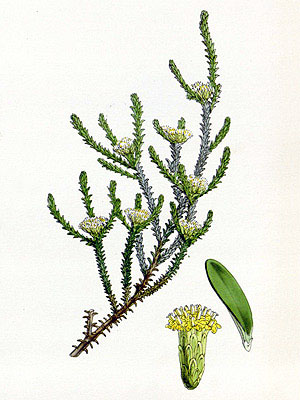Bulldog Rat (Rattus nativitatis)
The Bulldog Rat was described in 1900.:
“Size large; form thick and clumsy, the limbs and tail stout and heavy, but the head peculiarly small, slender, and delicate. General colour dark umber-brown all over, the belly not or scarcely lighter than the back. Ears small, laid forward they barely reach to the posterior canthus of the eye. Fur of back, long, thick, and coarse, but without the extremely long piles so characteristic of M. macleari, the longest hairs being about 40 to 45 mm. in length. Hands and feet very thick and heavy; the claws, especially on the fore feet, enormously broad and strong, not compressed, more than twice the size of those of M. macleari, and evidently modified for burrowing. Palms and soles naked, smooth; the pads broad, low, and rounded, unusually little prominent; last hind foot pad elongate. Tail shorter than the body without the head, very thick, evenly tapering, nearly or quite naked; its scales triangular, very large, the rings averaging about seven or eight to the centimetre; its colour uniform blackish brown throughout, above and below, the white skin, however, showing to a certain extent between the scales.” [1]
The species reached a size of about 45 cm, including the tail.
***
The species was endemic to Christmas Island in the Indian Ocean, it was one of only five mammal species inhabiting that island naturally, all of them endemic and all of them, except for one, now extinct.
The Bulldog Rat inhabited the floor of the dense rainforest, the animals lived in small colonies and built burrows among tree roots or under fallen logs.
The species disappeared due to the introduction of Black Rats (Rattus rattus (L.)), which apparently carried diseases that the endemic rats fell victim to.
*********************
References:
[1] Charles William Andrews: A monograph of Christmas Island (Indian Ocean). London, Printed by order of the Trustees 1900
*********************
edited: 24.04.2019


